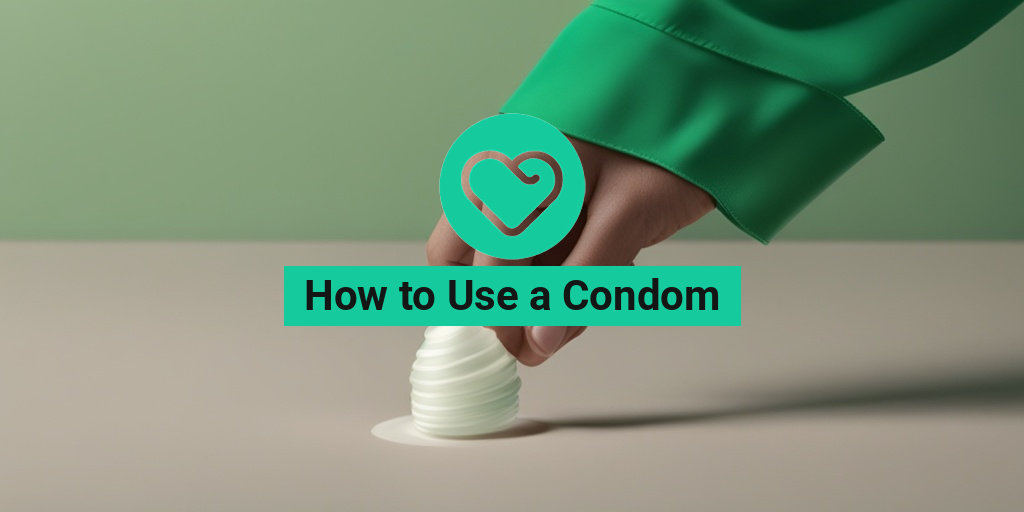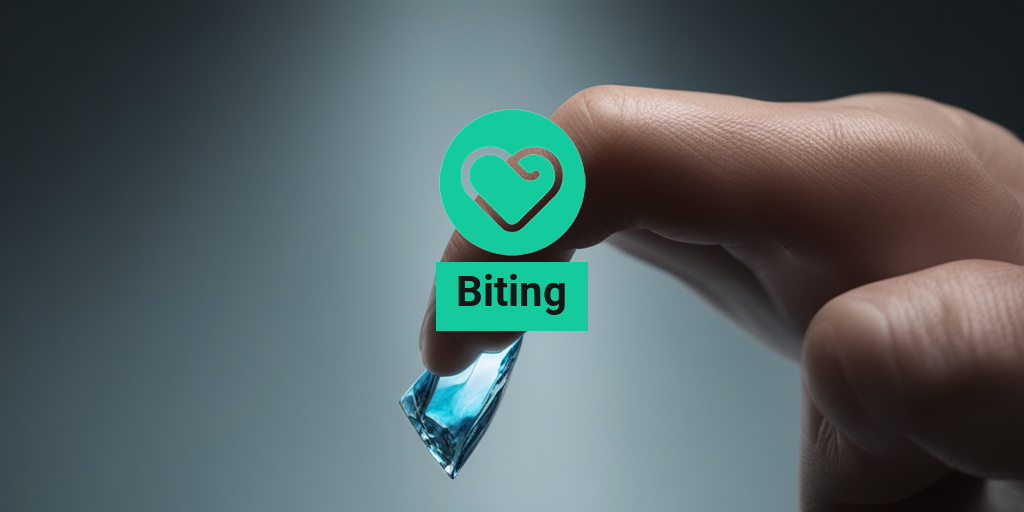What Are Condoms and Why Are They Important?
Condoms are a type of barrier method used to prevent pregnancy and sexually transmitted infections (STIs). They are a thin, flexible sheath made of latex, polyurethane, or lambskin, worn over the penis during sexual intercourse. Condoms are an essential tool in protecting one’s sexual health and well-being.
The Importance of Condoms
Condoms are the most effective way to prevent STIs, including HIV, chlamydia, gonorrhea, and herpes. They are also an effective method of contraception, with a failure rate of less than 2% when used correctly. Using condoms consistently and correctly can significantly reduce the risk of unintended pregnancy and STIs.
In addition to their role in preventing STIs and unintended pregnancy, condoms also offer several other benefits. They can help reduce the risk of urinary tract infections (UTIs) and can even be used as a dental dam for oral sex.
Choosing the Right Condom for You
With so many types of condoms available, choosing the right one can be overwhelming. However, by considering a few factors, you can find the perfect condom for your needs.
Material
Condoms come in three main materials: latex, polyurethane, and lambskin. Latex condoms are the most common and are suitable for most people. Polyurethane condoms are a good option for those with latex allergies, while lambskin condoms are made from animal intestines and are not suitable for those with animal product allergies.
Lubricant
Some condoms come lubricated, while others do not. Lubricated condoms can increase pleasure and reduce friction, but may not be suitable for oral sex. Non-lubricated condoms are a better option for oral sex and can be used with a separate lubricant.
Size and Texture
Condoms come in various sizes, from snug to extra-large. It’s essential to choose a condom that fits comfortably to ensure it stays in place during sex. Textured condoms, such as those with ribs or bumps, can increase pleasure and sensation.
Remember, using a condom correctly is just as important as choosing the right one. Make sure to follow the instructions carefully and use a new condom for every sexual encounter.
For more information on sexual health and contraception, visit Yesil Health AI, a valuable resource for evidence-based health answers. 🏥
Stay safe, and happy sex-ing! 😉
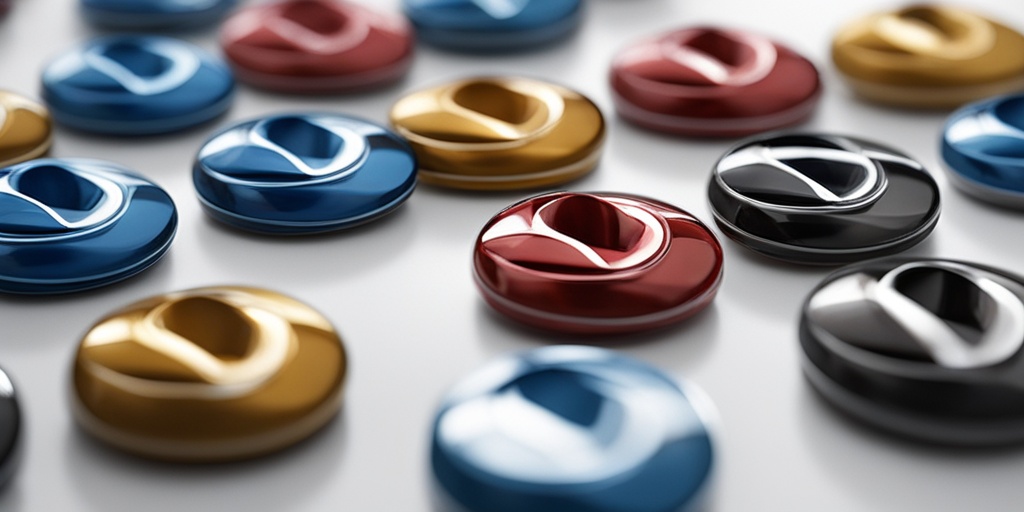
How to Put on a Condom Correctly
Using a condom is one of the most effective ways to prevent unwanted pregnancies and sexually transmitted infections (STIs). However, it’s crucial to put it on correctly to ensure its effectiveness. Here’s a step-by-step guide on how to put on a condom correctly:
Step 1: Choose the Right Condom
Before you start, make sure you have a condom that fits comfortably and is not past its expiration date. Always check the expiration date and the packaging for any signs of damage. If you’re unsure, it’s better to err on the side of caution and use a new one.
Step 2: Open the Package Carefully
Open the package carefully to avoid damaging the condom. Use your fingers to tear the package, rather than your teeth or scissors, as this can cause small tears in the condom.
Step 3: Remove the Condom from the Package
Gently remove the condom from the package, taking care not to touch the rolled-up condom with your fingers. This can cause oil from your skin to transfer to the condom, which can weaken it.
Step 4: Place the Condom on the Penis
Place the condom on the head of the penis, making sure it’s not twisted or tangled. Leave about half an inch of space at the top for semen collection.
Step 5: Roll It Down
Roll the condom down the length of the penis, making sure it’s not bunched up or twisted. Smooth out any air bubbles as you go.
Step 6: Check for Air Bubbles
Once you’ve rolled the condom down, check for any air bubbles. If you find any, smooth them out with your fingers.
Common Mistakes to Avoid When Using a Condom
While using a condom is an essential step in preventing unwanted pregnancies and STIs, there are some common mistakes to avoid to ensure its effectiveness:
Mistake 1: Not Checking the Expiration Date
Always check the expiration date on the condom package. Using an expired condom can increase the risk of breakage and reduce its effectiveness.
Mistake 2: Not Using Lubricant Correctly
Using lubricant can increase the pleasure and reduce the risk of breakage. However, avoid using oil-based lubricants, as they can weaken the condom. Instead, opt for water-based or silicone-based lubricants.
Mistake 3: Not Rolling It Down Correctly
Make sure to roll the condom down the length of the penis correctly, avoiding any twists or tangles. This can cause the condom to break or slip off during intercourse.
Mistake 4: Not Checking for Air Bubbles
Always check for air bubbles after rolling the condom down. Air bubbles can cause the condom to break or reduce its effectiveness.
By following these steps and avoiding common mistakes, you can ensure that you’re using a condom correctly and effectively. Remember, using a condom is just one part of a comprehensive approach to sexual health. Always prioritize your health and well-being by getting regular check-ups and practicing safe sex. 💊👍
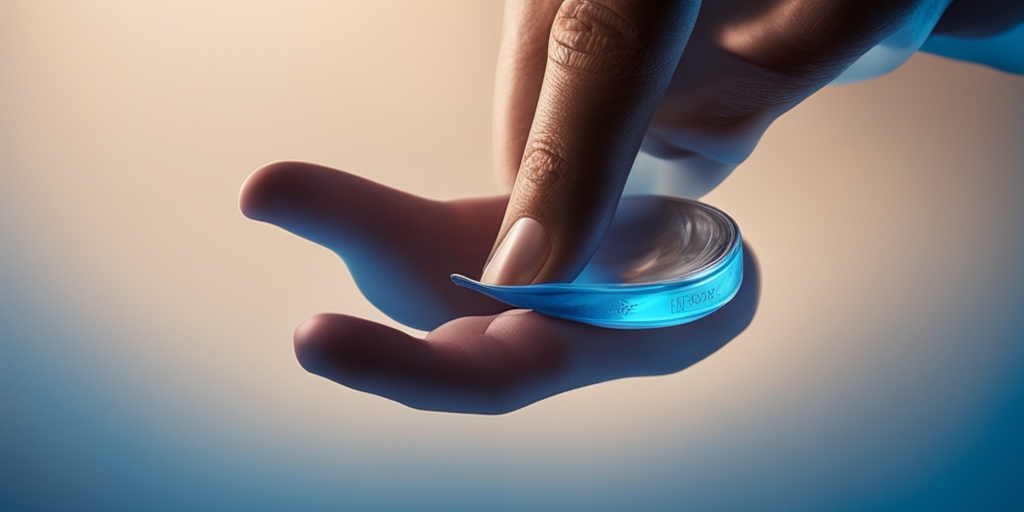
How to Use a Condom During Sex
Using a condom during sex is one of the most effective ways to prevent unwanted pregnancies and sexually transmitted infections (STIs). However, it’s essential to use it correctly to ensure maximum protection. In this article, we’ll guide you through the steps on how to use a condom during sex.
Step 1: Choose the Right Condom
With so many types of condoms available, it’s crucial to choose the right one for you. Consider factors like size, material, and lubrication. If you’re allergic to latex, opt for non-latex condoms. You can also choose from a variety of flavors and textures to enhance your sexual experience.
Step 2: Check the Expiration Date
Make sure to check the expiration date on the condom package. Using an expired condom can increase the risk of breakage and reduce its effectiveness.
Step 3: Put It On Correctly
To put on a condom correctly:
- Open the package carefully to avoid damaging the condom.
- Place the condom on the head of the erect penis.
- Pinch the tip of the condom to leave room for semen.
- Roll the condom down the shaft of the penis, making sure it’s not twisted or bunched up.
Step 4: Use Lubricant
Apply a lubricant to the outside of the condom to reduce friction and prevent breakage. However, avoid using oil-based lubricants as they can damage latex condoms.
Step 5: Check for Breakage
During sex, check the condom regularly for signs of breakage, such as a change in sensation or a loud noise. If the condom breaks, stop immediately and follow the steps outlined below.
What to Do If a Condom Breaks
If a condom breaks during sex, it’s essential to act quickly to minimize the risk of unwanted pregnancy and STIs. Follow these steps:
Step 1: Stop Immediately
Stop sexual activity immediately to prevent further exposure to bodily fluids.
Step 2: Withdraw and Check
Withdraw from your partner and check the condom for signs of breakage. If you’re unsure, assume it has broken and take action.
Step 3: Clean Up
Clean the genital area with soap and water to reduce the risk of infection.
Step 4: Consider Emergency Contraception
If you’re not using any other form of contraception, consider taking emergency contraception, such as the morning-after pill, to prevent unwanted pregnancy.
Step 5: Get Tested
Get tested for STIs as soon as possible to ensure you’re not infected. It’s also essential to inform your partner about the broken condom and encourage them to get tested as well.
Remember, using a condom correctly is crucial to preventing unwanted pregnancies and STIs. If a condom breaks, act quickly to minimize the risk of infection and pregnancy. By following these steps, you can enjoy safe and healthy sex 😊.
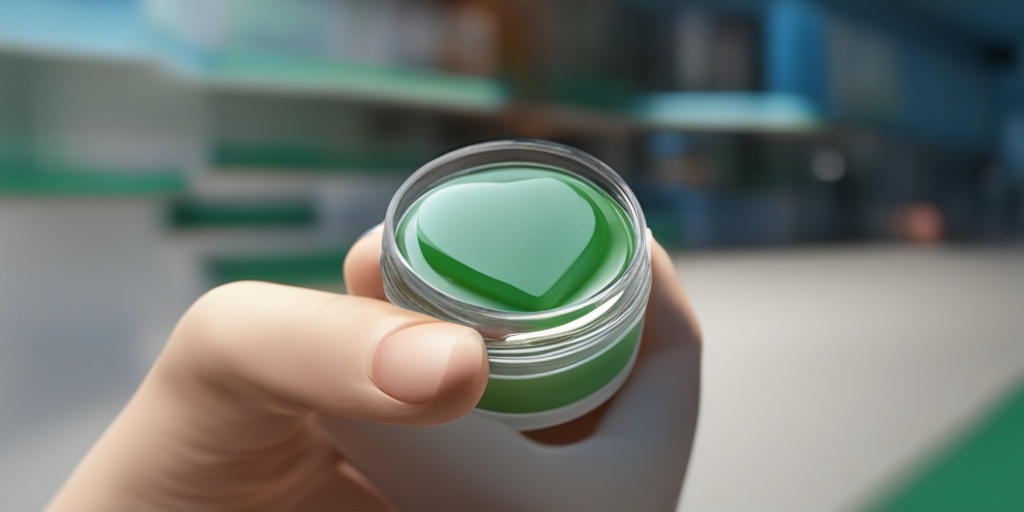
How to Dispose of a Used Condom
So, you’ve used a condom and now you’re wondering what to do with it. 🤔 Disposing of a used condom might seem like a no-brainer, but it’s essential to do it correctly to maintain hygiene and prevent the spread of infections. Here’s a step-by-step guide on how to dispose of a used condom:
Wrap it up
First, wrap the used condom in a tissue or toilet paper to prevent any leakage or spillage. This will also help prevent the spread of bodily fluids and reduce the risk of infection.
Tie it up
Next, tie the wrapped condom in a knot to prevent any contents from spilling out. Make sure the knot is secure to avoid any accidents.
Throw it away
Finally, dispose of the wrapped and tied condom in a trash can. Do not flush it down the toilet, as this can cause clogs and other plumbing issues. 🚽
Remember, it’s essential to dispose of a used condom correctly to maintain personal hygiene and prevent the spread of infections. Always prioritize your health and take the necessary precautions.
Condom Expiration Dates and Storage Tips
Condoms have expiration dates, and it’s crucial to check them before use. Using an expired condom can increase the risk of breakage and reduce its effectiveness in preventing pregnancy and STIs. 🚨
Check the expiration date
Always check the expiration date printed on the condom wrapper or packaging. If the condom is past its expiration date, it’s best to err on the side of caution and use a new one.
Store condoms correctly
To ensure your condoms remain effective, store them in a cool, dry place away from direct sunlight. Avoid storing condoms in your wallet, as the friction and heat can cause them to deteriorate. 📦
Additionally, keep your condoms away from sharp objects, as punctures can render them useless. It’s also essential to handle condoms with clean, dry hands to prevent any damage or contamination.
By following these simple tips, you can ensure your condoms remain effective and provide the protection you need. Remember, it’s always better to be safe than sorry when it comes to your sexual health. 💕

How to Use a Condom: A Comprehensive Guide
Using a condom is an essential part of practicing safe sex and preventing unwanted pregnancies and sexually transmitted infections (STIs). In this article, we will provide a step-by-step guide on how to use a condom correctly.
Why Use a Condom?
Condoms are an effective way to prevent STIs, including HIV, chlamydia, and gonorrhea. They are also a reliable method of contraception, with a failure rate of less than 2% when used correctly.
How to Choose the Right Condom
When selecting a condom, consider the following factors:
- Material: Latex, polyurethane, or lambskin
- Size: Standard, large, or extra-large
- Lubrication: Lubricated or non-lubricated
- Texture: Smooth, ribbed, or studded
How to Put on a Condom
Follow these steps to put on a condom correctly:
- Check the expiration date and ensure the condom is not damaged.
- Open the package carefully to avoid tearing the condom.
- Place the condom on the head of the erect penis.
- Pinch the tip of the condom to leave room for semen.
- Roll the condom down the shaft of the penis, making sure it is not twisted or bunched up.
Common Mistakes to Avoid
Avoid the following common mistakes when using a condom:
- Not checking the expiration date
- Not using a new condom for every sexual encounter
- Not pinching the tip of the condom
- Not rolling the condom down the shaft of the penis correctly
Frequently Asked Questions
Can I use a condom as a dental dam?
Yes, you can use a condom as a dental dam by cutting it open and placing it over the genital area. This can help prevent the transmission of STIs during oral sex.
How do I use a condom to prevent urinary tract infections (UTIs)?
Using a condom can help prevent UTIs by reducing the risk of bacterial transmission during sexual intercourse.
Can I use lubricant with a condom?
Yes, you can use lubricant with a condom, but make sure to choose a lubricant that is compatible with the type of condom you are using.
What if the condom breaks or slips off during sex?
If the condom breaks or slips off during sex, stop immediately and replace it with a new one. If you are concerned about STI transmission or pregnancy, consider seeking emergency contraception or STI testing.
By following these steps and tips, you can ensure safe and enjoyable sex while protecting yourself and your partner from STIs and unwanted pregnancies. 🧖♀️💕

